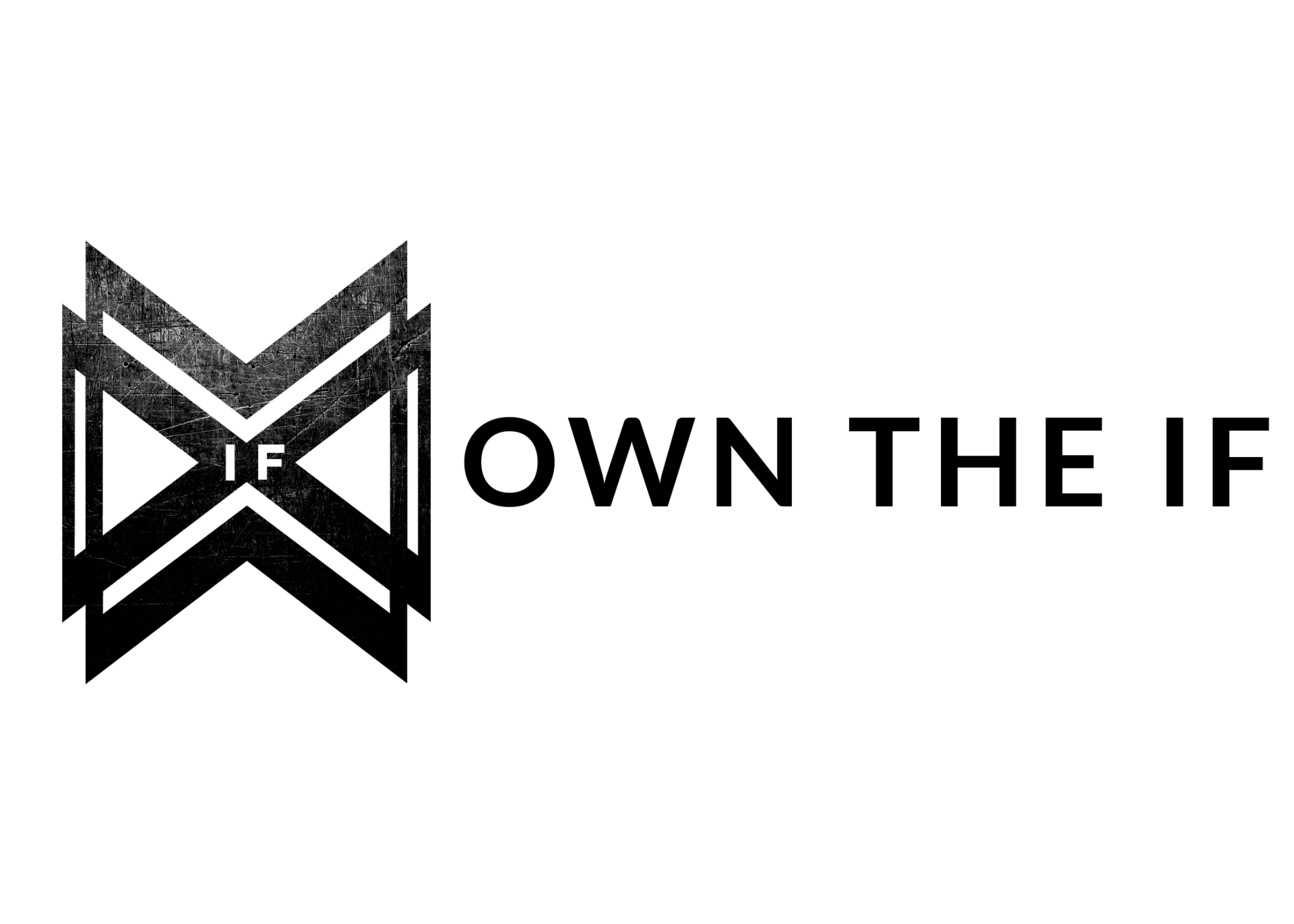We've all experienced the weight of decisions – the internal tug-of-war between skipping that morning workout or hitting the gym, splurging our hard-earned bonus on a luxurious vacation or saving for the future. In the millions of choices that shape our lives, the 10-10-10 framework, popularized by author and journalist Suzy Welch, unveils a powerful perspective on decision-making by prompting individuals to consider the consequences of their choices across three distinct time frames: the short term, the medium term, and the long term.
This can be determined by asking three questions:
- What are the consequences of my decision in the next 10 minutes? For example, choosing to skip the morning workout may provide immediate relief, but it might lead to a lack of energy and productivity throughout the day.
- What are the consequences in the next 10 months? Consider a scenario where splurging on a luxurious vacation might bring short-term happiness, but it could impact your ability to achieve financial goals over the next several months.
- What are the consequences in the next 10 years? Envision a situation where consistently saving for the future instead of splurging on immediate desires contributes to long-term financial security and stability.
The 10-10-10 framework acts as a mental compass, guiding us to make decisions that align with our values and long-term objectives, rather than succumbing to the immediate pressures of the moment. It offers a structured approach to gain clarity, reduce impulsive choices, and ensure that decisions are in harmony with our broader life goals. In essence, this framework empowers us to navigate the complexity of decision-making with a balanced and insightful perspective.
Putting it into Action:
- Short-Term (10 minutes): Consider the immediate impact of your decision. Ask yourself how your choice will affect your current situation and those around you in the next 10 minutes. This helps you address immediate concerns and avoid impulsive decisions that might lead to regret. For instance, choosing to respond to an email promptly instead of procrastinating can positively impact your immediate workload.
- Medium-Term (10 months): Think about the consequences of your decision over the next 10 months. Consider how your choice might impact your short-term goals, relationships, and overall well-being. This time frame allows you to assess the midterm implications and make decisions that align with your broader objectives. For example, investing time and effort into building a skill over the next 10 months may lead to career advancement.
- Long-Term (10 years): Envision the potential consequences of your decision a decade from now. Reflect on how your choice aligns with your long-term aspirations, values, and personal growth. This perspective helps you make decisions that contribute to your overarching life goals and avoid short-term gains that may harm your future. For instance, consistently maintaining a healthy lifestyle over the next 10 years can contribute to long-term well-being and longevity.
Bringing It Home: Applying the 10-10-10 framework as a rule for life encourages you to strike a balance between short-term satisfaction and long-term fulfillment. It helps you consider the bigger picture, producing a more thoughtful and intentional approach to decision-making. Whether it's in your career, relationships, or personal development, this framework can guide you towards choices that align with your values and contribute to your long-term happiness and success.


